2018 was the eighth year of The Big Sunflower Project. Seeds were sent to places across the UK and people also took part in Germany, The Netherlands, Austria, Croatia, the USA, New Zealand and Costa Rica. For the second time the project was also joined by many people growing sunflowers in memory of Emil, who was diagnosed with myotubular myopathy and sadly passed away in 2016.
Sunflower growing season is now over in the UK but if you have sunflowers waiting to bloom, you can still share your photos. And if you are in a part of the world about to get its summer, please consider buying a packet of seeds and growing a sunflower to raise awareness of centronuclear and myotubular myopathy, it would be lovely to continue receiving sunflower photos over the winter months.

The Big Sunflower Project is only possible because of the kindness of the organisations who support our work with donations, discounts and funding. Sunflower seeds for The Big Sunflower Project 2018 were provided by the following organisations

Grassroots Giving
The aim of The Big Sunflower Project is to raise awareness of the rare neuromuscular conditions known as centronuclear and myotubular myopathy. The project raises awareness by sending seeds to people who have never heard of the conditions and requesting photos and stories in return, which are posted online, again raising awareness of the conditions.
The Big Sunflower Project recently took part in the Skipton Building Society Grassroots Giving initiative to try and win funds to help with our work. Over 740 applications were received from community groups, clubs and organisations across the UK and we were over the moon to be shortlisted to be one of the groups to win £500.
In order to fairly allocate the 165 pots of money that were up for grabs, the Skipton Building Society asked the public to say who they wanted to receive the funding. 50,000 votes were cast for the shortlisted groups and sadly we did not win. However, if you voted, thank you very much.
The Big Sunflower Project is a non profit group run on a voluntary basis, so funding such as this is crucial to what we do. However we will continue to seek out funding opportunities over the coming months.

Project map
This year 324 places were plotted on the project map which can be seen below – click a sunflower to learn more about the people growing sunflowers in that location.
Photos
Over 800 photos were received from 114 participants this year. Photos from the 2018 project can be found below.

Stories
The project website now has a large collection of stories from past participants – if you would like to share your story too, please get in touch.

Make a donation
There is no charge for project seeds or the cost of postage, the project does however, welcome donations to ensure the future of the project and to enable seeds to be sent to as many people as possible each year. If you have donated for your seeds, thank you – if you like to donate you can learn more about how to do this below.

Harvesting sunflower seeds
Don’t forget that if you have grown a sunflower this year you can save the seeds for growing next year or you can donate these to the project for others to grow. You can learn how to harvest sunflower seeds below.

Further information
Further information about the project can be found on here on the project website and on the project social media pages.
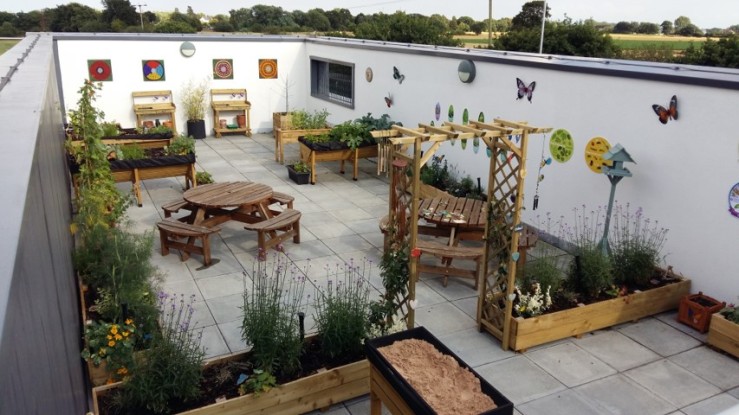
























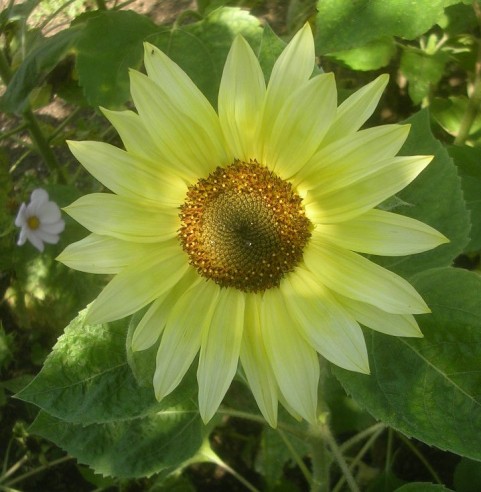
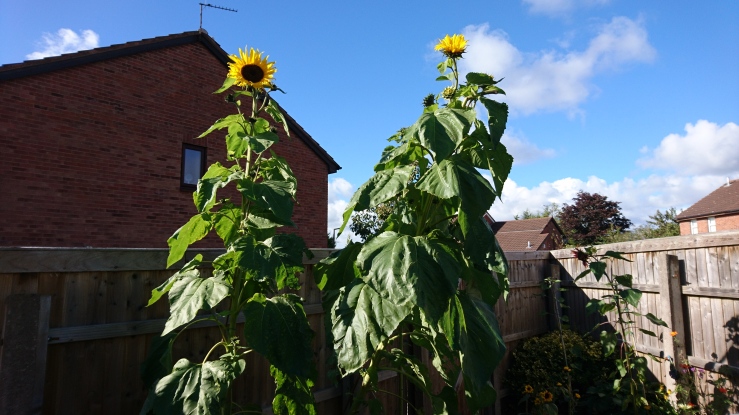
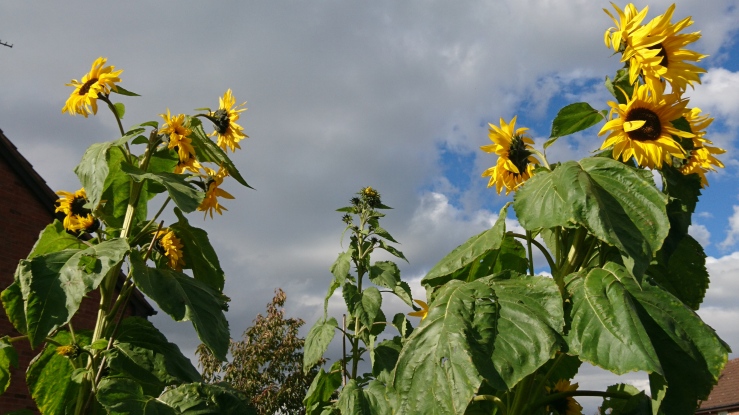

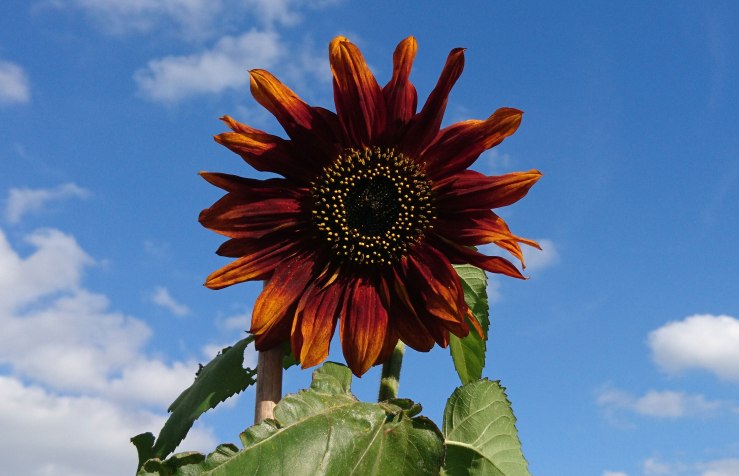


You must be logged in to post a comment.